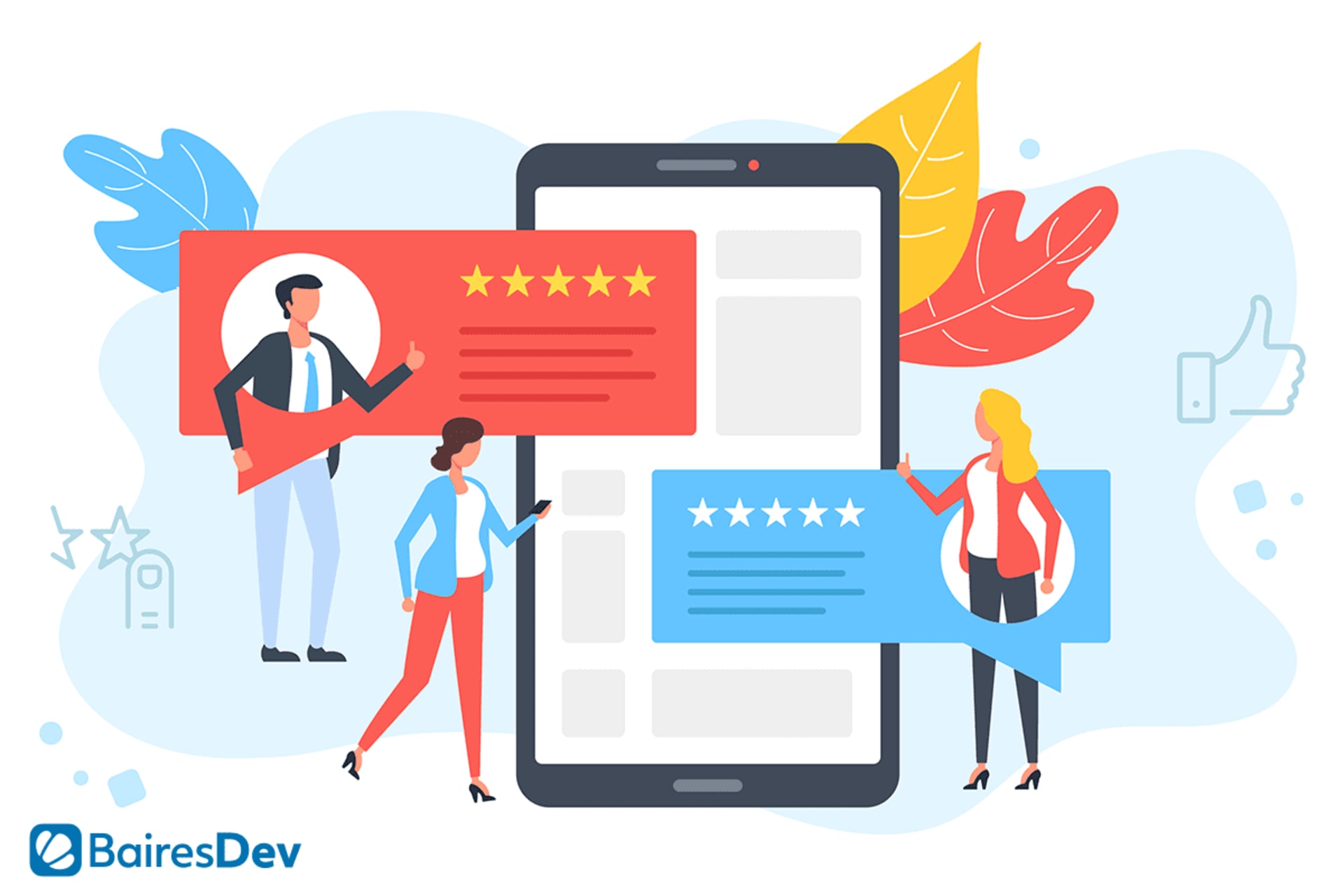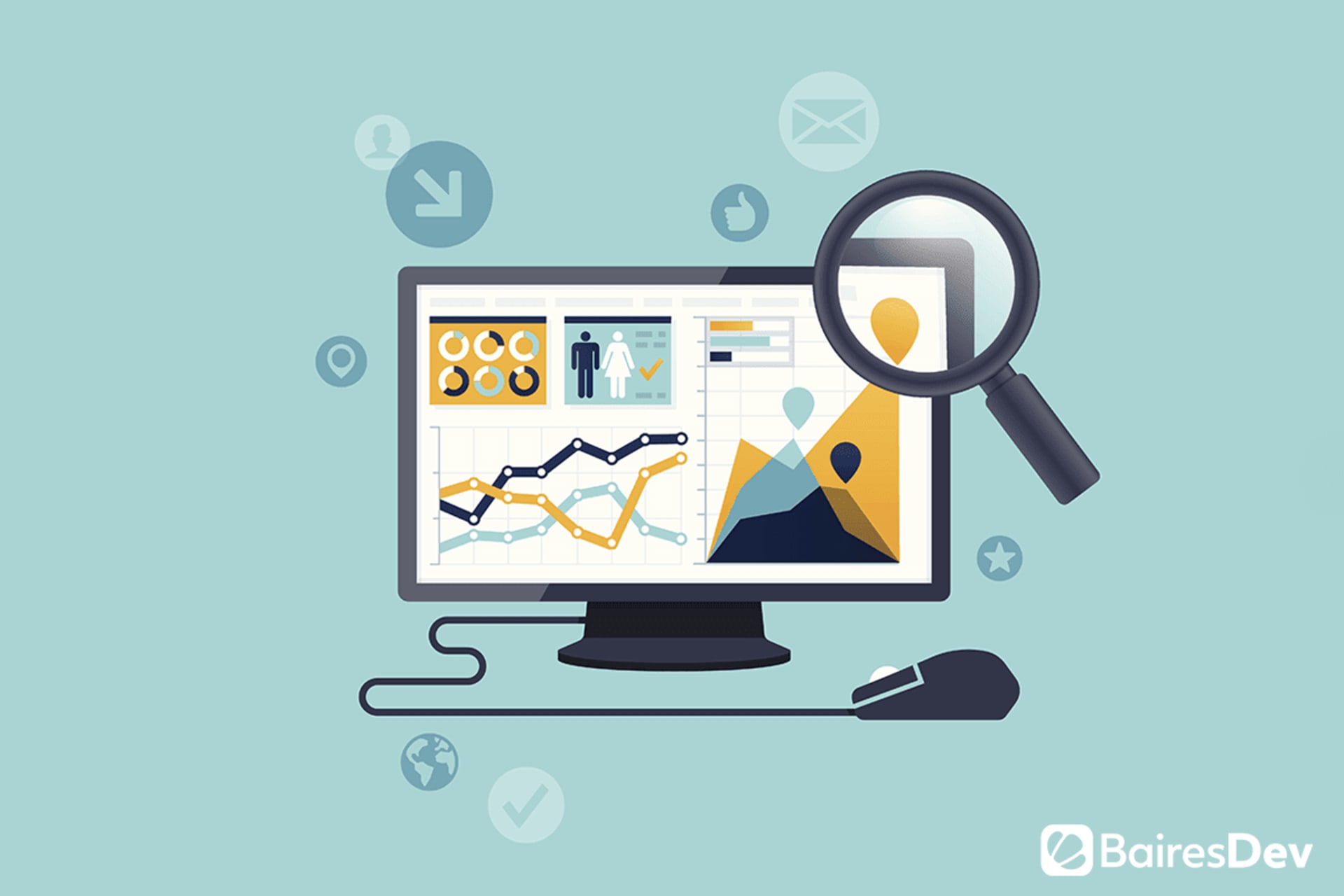They say everyone has at least one million-dollar-idea in their life. If you’re lucky, that idea might just be something as concrete as an app. But before putting all of your life savings in assembling a development team to transform your idea into a reality, you need to know how any app development process goes. Or at least have a rough idea of it—which is exactly what we’re going to do here.
Before we get started, remember that developing an app takes a lot of work, time, money, and (most importantly) know-how. If you don’t already have access to the tech Talent necessary to develop high-quality products, you might want to look into IT Outsourcing Services to close that gap. Anyway, let’s start at the beginning.
1. The Discovery
Any idea needs to support itself on a comprehensive description of what it is and what it will try to achieve. Otherwise, it’s very easy to fall off the tracks and end up with a product that doesn’t really stand up to your vision. And nobody wants that.
Start by brainstorming as many details as you can possibly imagine. Don’t beat yourself up if you’re not satisfied with how much or how little you come up with. But remember that, today, less is more.
After that, you will need some method to organize everything you came up with and start rounding off the edges of your future app. Most businesses use the Lean Canvas to put crucial information on a visual and easy-to-follow grid. Through it, you will be able to identify your app’s role in the market.
Although you can choose to customize your Lean Canvas anyway you want, in an app development process you need to focus in at least 10 areas:
- Problem: The ”’why”
- Alternatives: Current market competitors
- Solutions: The “how”
- Metrics: The KPIs you will measure
- Cost structure: Your fixed and variable costs
- Value proposition: How you deliver value
- Unfair advantage: Your secret ingredient
- Channels: How you’re going to reach people
- Revenue streams: Cash-flow
- Customers: Your key segments
Once you have a solid Canvas, visualizing how your app’s major components work with one another becomes a whole lot easier. Just remember that, whatever you do, the end-user is always at the core of your decisions.
2. The Validation
Following your gut can be good but it doesn’t mean you can’t support your idea with some cold-hard data. In the app development process, the validation stage often begins with a low-fidelity prototype. What? Prototype? Are we going to start programming right away? Not really, no.
A low-fidelity prototype is not a functional app—it’s just a visualization of it. Think of a set of drawings that defines the interaction between screens and how users experience those screens. It might seem basic but it serves one major purpose: verifying that you and your app development team see the product the same way. It also works as a reference point to come back while the project progresses and prevents you from missing the nail on costs.
Once you have this, you can start looking at how your idea holds up in the real world. This part of the app development process requires a lot of marketing creativity by your side, but here are a few ideas you can try:
- Benchmark: Go to your target app marketplace and see how other apps are dealing with the problem you’re trying to solve.
- Search Queries: Browse the Internet and find out if people are looking for a solution to your problem or how they are dealing with it.
- Surveying: Based on your low-fidelity prototype, get some initial feedback from your target audience.
- Advertise: Run a campaign on your up-and-coming app and see how many people are interested in it.
No matter how creative you are, a low-fidelity prototype can only take you so far. Once you feel confident with the way you want to apply the data you gathered, you can step up your game and build a medium-fidelity prototype. This still isn’t a functional app, but rather a better-looking version of what you had before that better represents the UX design and functionality of your product.
3. The UX
Now that you’re done with validation and have a much clearer understanding of what works and what doesn’t, it’s time to dive deep into your UX Design. This is the part of the app development process that will have the most direct influence over the end-product. The better job you do in the prior stages, the better your app will embody your vision.
First of all, you’ll need to structure every piece of information you have. UML classes and ER diagrams are two great ways of doing so since they graphically show you all the elements in question and the relationships between them. This information will be your primary resource to build your final prototype: the high-fidelity prototype.
A high-fidelity prototype includes all the UI and UX elements you are planning to include in the final product but, this time, it’s actually interactive. This way, your test users can get an overall feel of what would be your app. Throughout this process, you will need to focus on monitoring user behavior: how do they react, how intuitive the process is for them, what patterns they follow, etc. The more insights you can uncover at this stage, the better.
After completing and testing your high-fidelity prototype, your app development team will be on the clear to accurately estimate the cost of the last stage of your app development process: the development.
4. The Development
This is where the fun begins! As you can see, we’ve gone through a full app development process and we’re just beginning to code at the very last stage. Don’t get me wrong, though. The discovery, validation, and UX are all crucial to create successful applications. Without them, you would just be jumping head-first into uncharted territory.
Practically every modern software development project will follow agile methodologies to provide the best results within a certain timeframe. No matter how you choose to develop your app, you’ll always play an important role in agile. Learning the basics of agile software development will take you a long way.
Without getting too much into specifics, we could say this part of the app development process will take you through three main axes:
- Front End Development: This is everything related to visual elements, such as your app’s interface, design patterns, or anything users see and interact with. Depending on the platform of your choice, your development team will use a specific programming language for this part, like Java or Swift.
- Back End Development: This is the horsepower running your app’s engines. The back end holds all of your apps’ processes and systems together. Your development team should have at least one back-end specialist that maintains the operational logic of your app as it evolves.
- QA & Testing: I know I’m just mentioning this now, but QA & Testing must be done constantly throughout the app development process. If you think about it, you’re already testing from the very first prototype. It’s just a matter of doing QA right
Is it Launch Time Already?
Congratulations! You just went through a whole basic guide of the app development process and you’re ready to start your journey. Yes, in many ways, this is just the beginning. Now you need to worry about the launch, marketing, support services, app maintenance, and continuous testing to guarantee high-quality value at all times. I know it sounds like a lot, but if you’ve made it this far, you’ll probably do just fine. Shoot for the moon!






